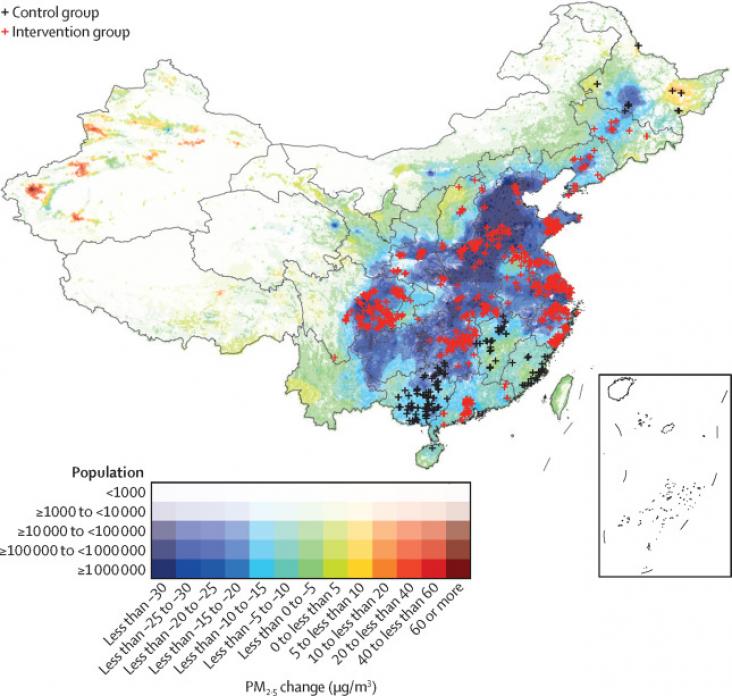Elsevier,
Theranostics and Precision Medicine for the Management of Hepatocellular Carcinoma, Volume 1 - Biology and Pathophysiology, 2022, Pages 257-285
This chapter aligns with the SDG goal 3 of good health and wellbeing by showing the current view of the pathogenesis of HBV and HCV along with the report on their relation to the genotypes.
Evaluates prognostic factors for sex differences in lung cancer survival.
Research looking into the disparities between male and female researchers in hematology
This study investigates how the sources of carbon emissions affect life expectancy. The study sample includes 68 developing and emerging economies for the period 1990-2017. Disaggregated analysis is performed on: (1) emissions sources; (2) income groups. A negative nexus between life expectancy and CO2 emissions exists for emerging ones. However, CO2 emissions seem to improve the life expectancy for developing countries.
Background: China has the highest prevalence of hepatitis B virus (HBV) infection worldwide.

Background: Air pollution might accelerate cognitive ageing; it is unclear whether large-scale interventions, such as China's Clean Air Act (CCAA), can mitigate cognitive deterioration.
A Review in support of SDGs 3 and 12, focusing on the decrease in traditional food availability and the increase in food import dependence in small islands, discussing the resulting reduction in diet quality and food security and the increase in type 2 diabetes risk.
This paper presents a literature review, describing the main research fields in agricultural land systems and their linkage with SDG 2, 3, and 15, namely the discrepancy in the percentage of publications by research field emphasizes the need for future studies to fulfil this gap because each domain has a vital role in providing knowledge to food security and the SDGs

The sampling of interstitial fluid for real-time assay requires techniques that are sensitive, rapid, painless, minimally invasive and easy to use by patients. Microneedles can be incorporated into biosensors with subsequent use of these platforms for continuous monitoring or bio-chemical detection of analytes in the dermal interstitial fluid. Supports the goal of SDG 3.8 to achieve universal health coverage, including financial risk protection, access to quality essential health-care services and access to safe, effective, quality and affordable essential medicines and vaccines for all.
This Review supports SDG 3 and 10 by highlighting how genomics research intersects with existing racial and ethnic inequalities and forms of exclusion; there is no universally accepted, consistently applied method for categorising genomic data, which the authors argue is problematic, both from a clinical and scientific perspective, but more fundamentally in terms of the ability of genomics research to achieve the core ethical values of equity and justice.
